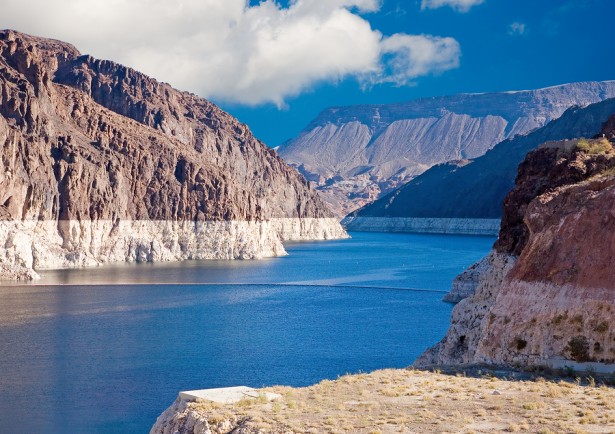The state of California is experiencing a massive drought. In order to end this multi-year drought, the Golden State will need approximately 11 trillion gallons of water, and even with the plethora of storms in the past month it still won’t be enough to address the matter.
According to the United States drought monitor, about 98 percent of California is facing a drought and is currently affecting more than 50 million people in the entire west coast. Following the influx of rain and snow, it still didn’t provide much reprieve for the state.
Furthermore, California has experienced three straight drier-than-average years, which has forced communities to conserve their water and has prompted the agricultural industry to taper its production efforts.
Using data from the “Gravity Recovery and Climate Experiment” satellites, NASA confirmed that California requires 11 trillion gallons of water to end this drought – the space agency says this is an unprecedented number. In fact, this figure is one and a half times the capacity of Nevada’s Lake Mead, the nation’s biggest reservoir.

Jay Famiglietti, senior water-cycle scientist of NASA’s Jet Propulsion Laboratory in Pasadena, said in a report that California would need three consecutive seasons of above-average rainfall to solve this problem. Although California receives an average of 22 inches of rain each year, which is roughly 60 trillion gallons, most of it is actually lost due to evaporation, runoff and industrial and municipal usage.
In other words, very little of the water the state receives is placed into storage for emergencies.
“It takes years to get into a drought of this severity, and it will likely take many more big storms, and years, to crawl out of it,” said Famiglietti. “It’s not time to start watering your grass. Looking at the number, it’s probably going to take about three years to fill the hole.”
There may be some positive news to report, however. The state Department of Water Resources upgraded California’s water outlook (via SFGate) by noting that its reservoirs had nearly two-thirds of the water it usually has at this time of the year, up from 55 percent at the beginning of December.
The California legislature has stepped in to help bring about resolutions. State lawmakers will now regulate groundwater for the first time in its history and will also override homeowners associations to fine members that replace lawns with landscaping that are a lot more tolerant to droughts. California has also ended the pump-as-you-please system.
Other legislative action that has taken place is the banning of plastic bags, allowing school districts to fire abusive teachers, permitting local governments to take away the licenses for massage parlors that break the law and giving sex abuse victims greater time to pursue justice against their perpetrators.
“There are moments in legislative time when folks sort of rise to the occasion and we get something done on water,” said Felicia Marcus, chairwoman of the State Water Resources Control Board, in a statement sent to the Associated Press.
Most of its slate of laws will take into effect Jan. 1, 2015 – the prohibition of plastic bags will be phased in beginning June.



